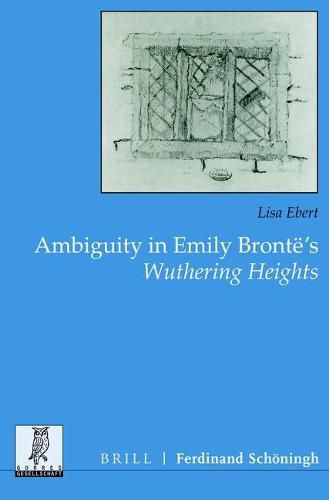Readings Newsletter
Become a Readings Member to make your shopping experience even easier.
Sign in or sign up for free!
You’re not far away from qualifying for FREE standard shipping within Australia
You’ve qualified for FREE standard shipping within Australia
The cart is loading…






Since its publication, Emily Bronte’s Wuthering Heights has given rise to an unusual plurality of interpretations, leading to the impression that the novel somehow resists interpretation. The author offers a new reading of the novel that takes this effect into account by investigating its reason: ambiguity is a thematic focal point and structural key element of the novel. This study is concerned with the ambiguity of Wuthering Heights which arises through a complex interplay of distinct but interdependent ambiguities of perception, narration, and the narrated world. In particular, it shows how specific ambiguous utterances (e.g. a clash of implicatures and presuppositions) are linked with each other and contribute to the global ambiguity of the text. In this way, not only the function of ambiguity for understanding Wuthering Heights is explored but also the function of Wuthering Heights for understanding ambiguity. The book should thus be of interest not only to Bronte scholars and Victorianists but also to literary scholars and linguists in general.
$9.00 standard shipping within Australia
FREE standard shipping within Australia for orders over $100.00
Express & International shipping calculated at checkout
Since its publication, Emily Bronte’s Wuthering Heights has given rise to an unusual plurality of interpretations, leading to the impression that the novel somehow resists interpretation. The author offers a new reading of the novel that takes this effect into account by investigating its reason: ambiguity is a thematic focal point and structural key element of the novel. This study is concerned with the ambiguity of Wuthering Heights which arises through a complex interplay of distinct but interdependent ambiguities of perception, narration, and the narrated world. In particular, it shows how specific ambiguous utterances (e.g. a clash of implicatures and presuppositions) are linked with each other and contribute to the global ambiguity of the text. In this way, not only the function of ambiguity for understanding Wuthering Heights is explored but also the function of Wuthering Heights for understanding ambiguity. The book should thus be of interest not only to Bronte scholars and Victorianists but also to literary scholars and linguists in general.